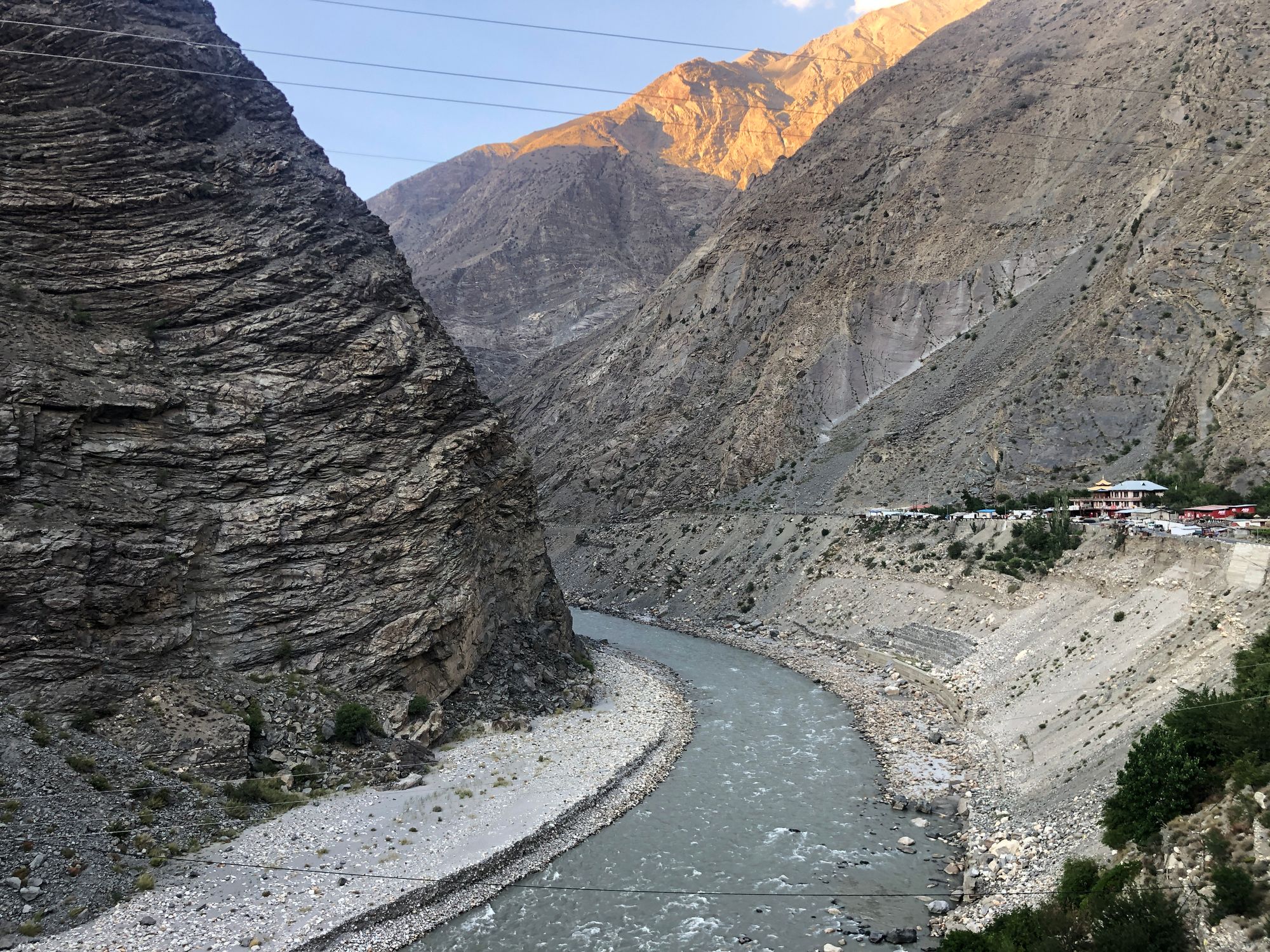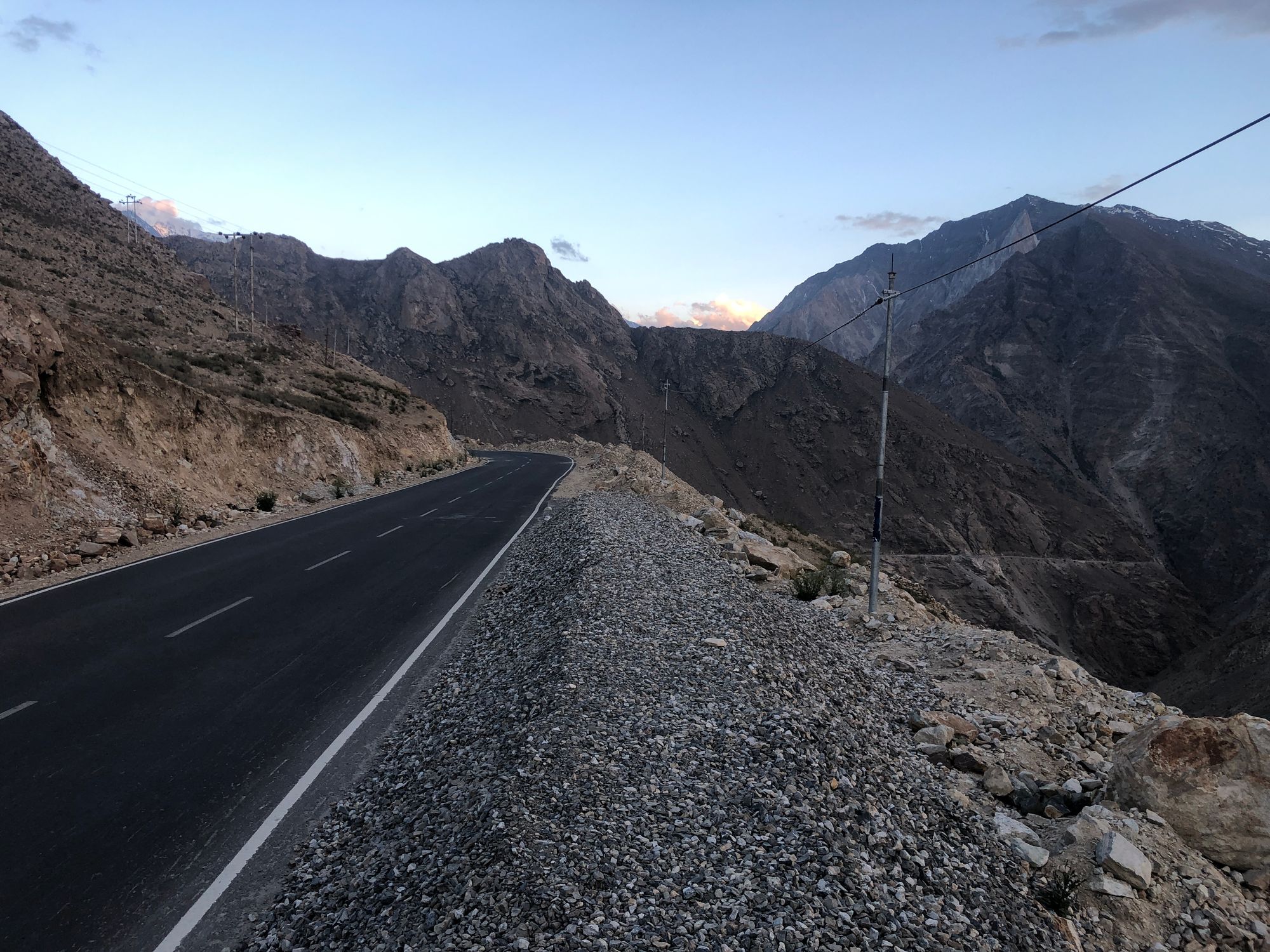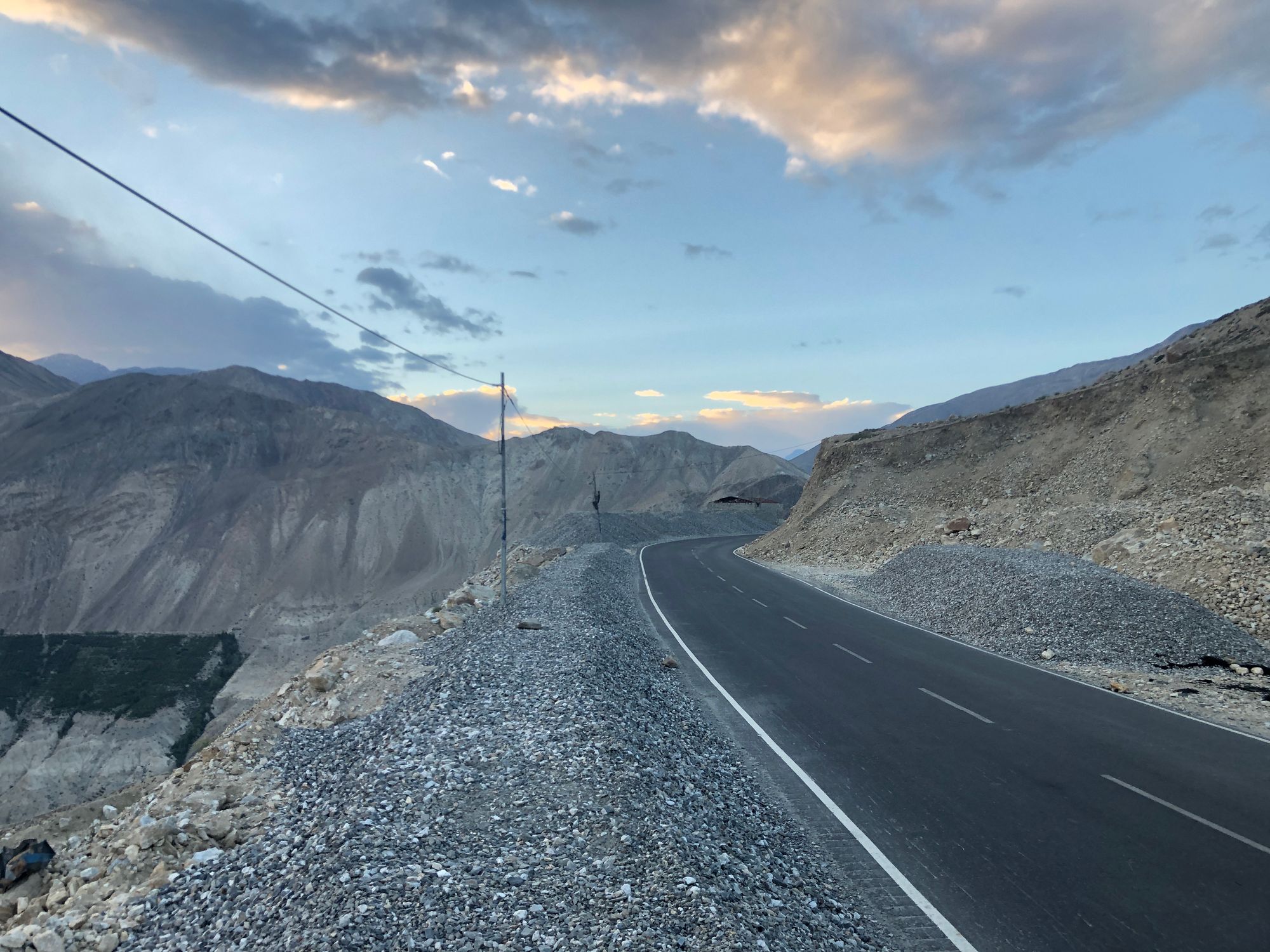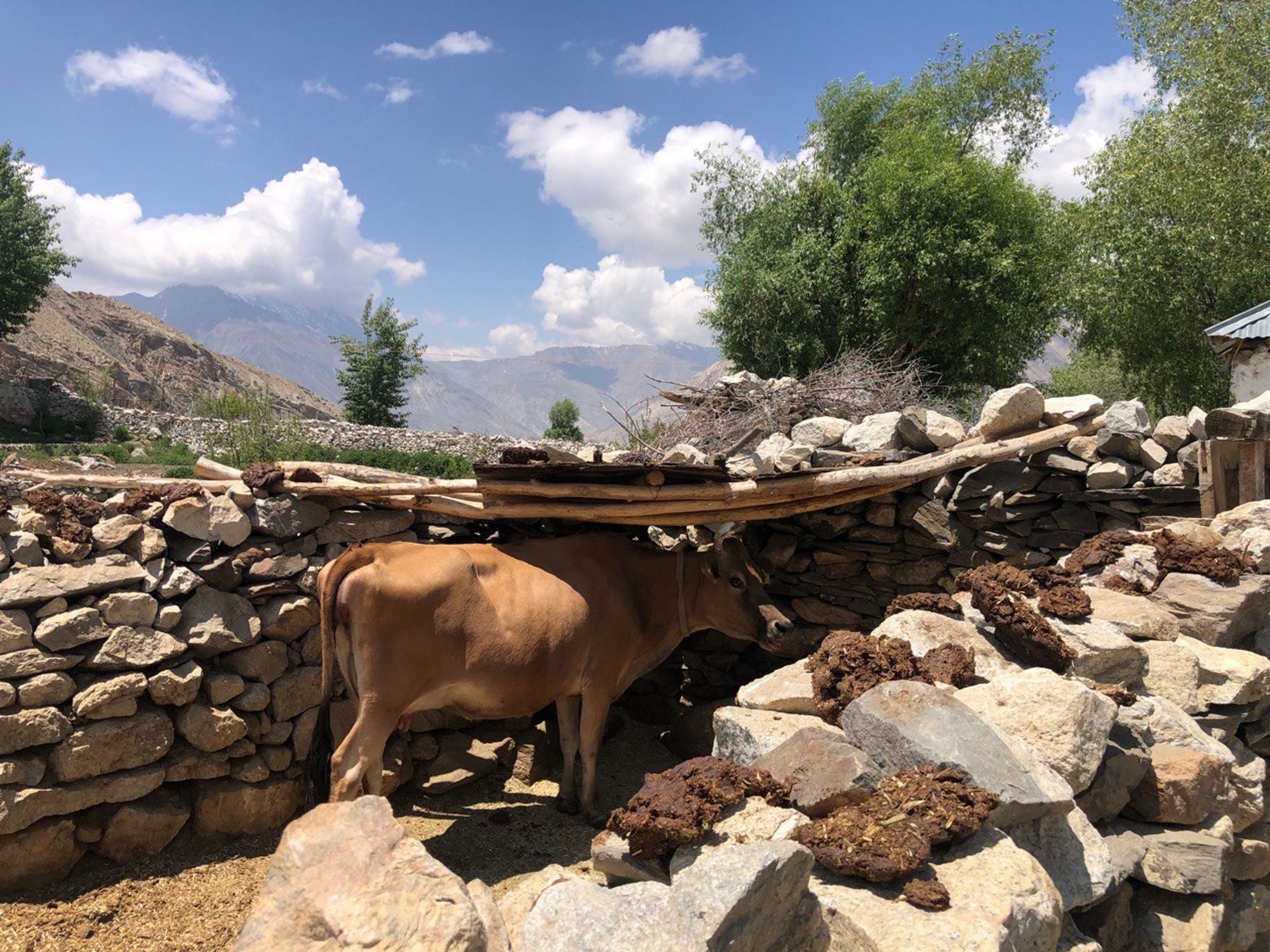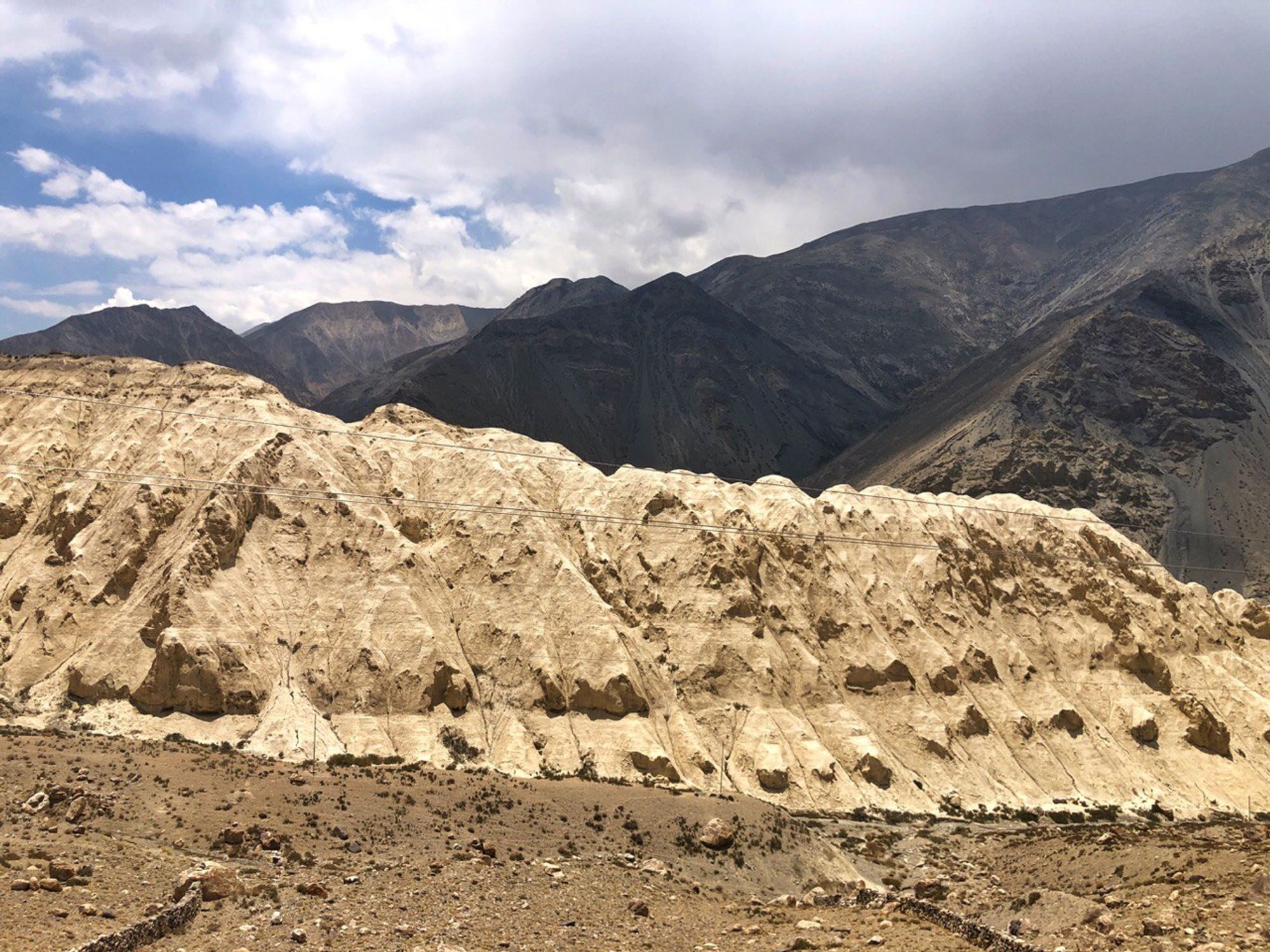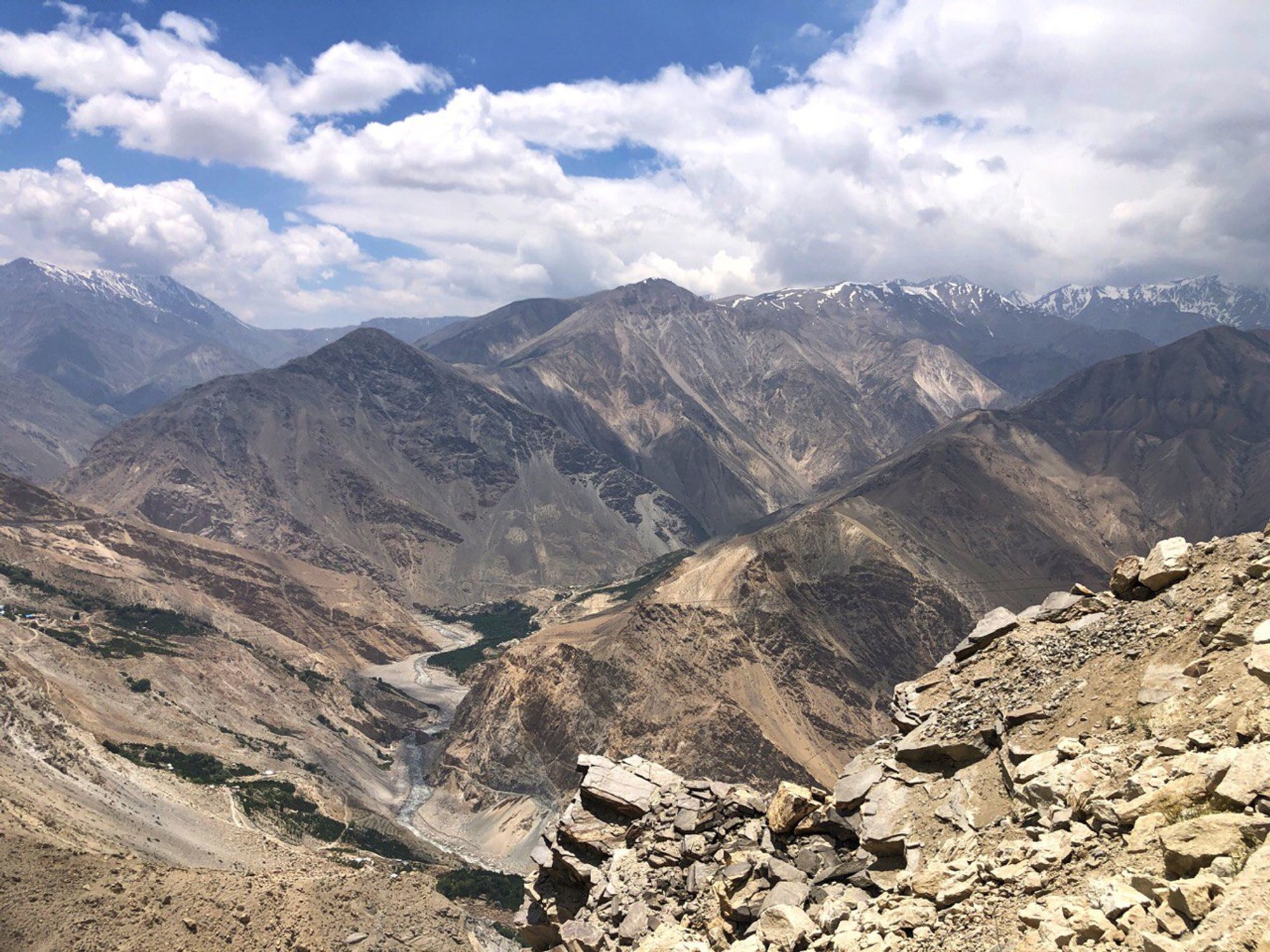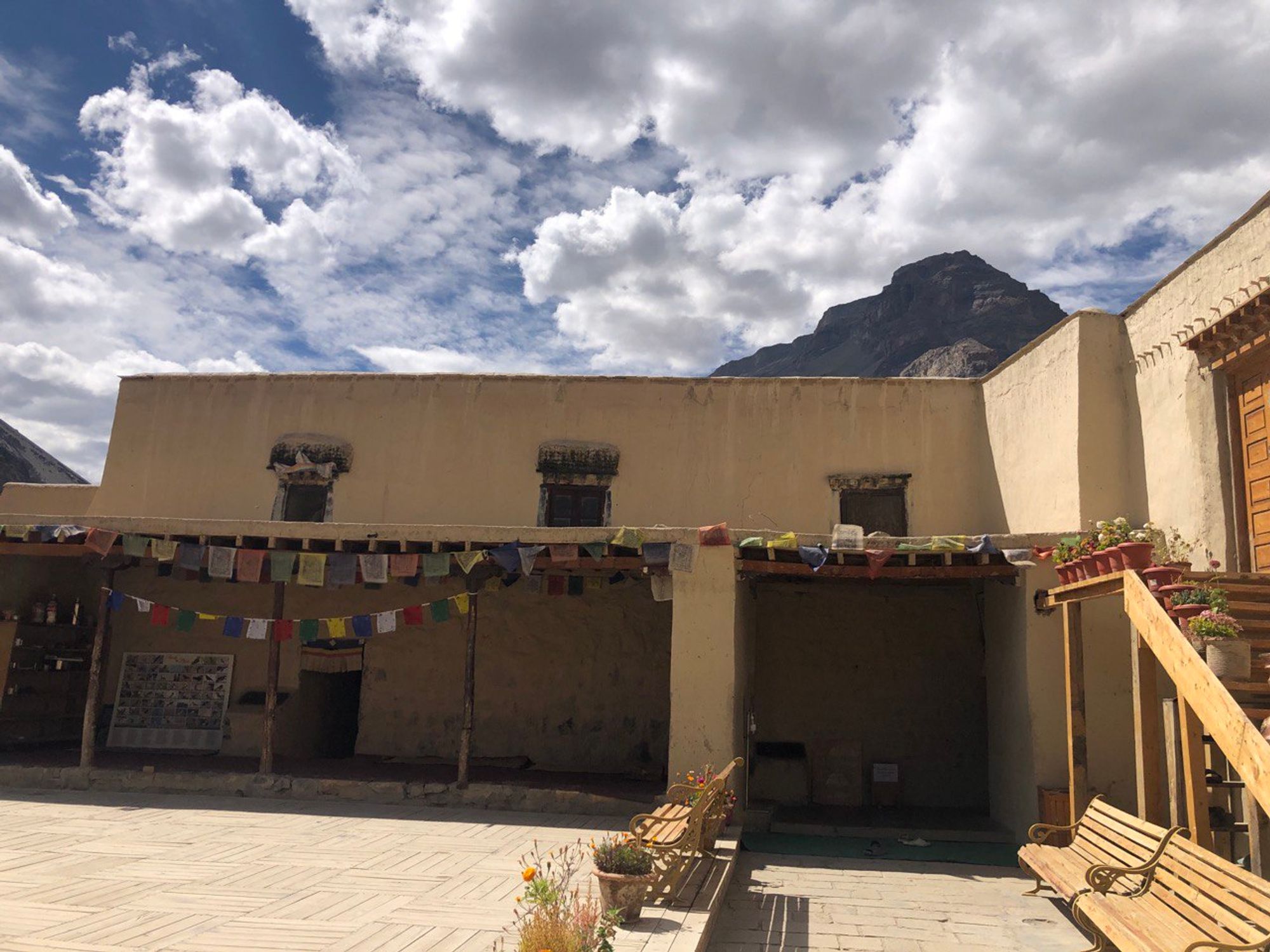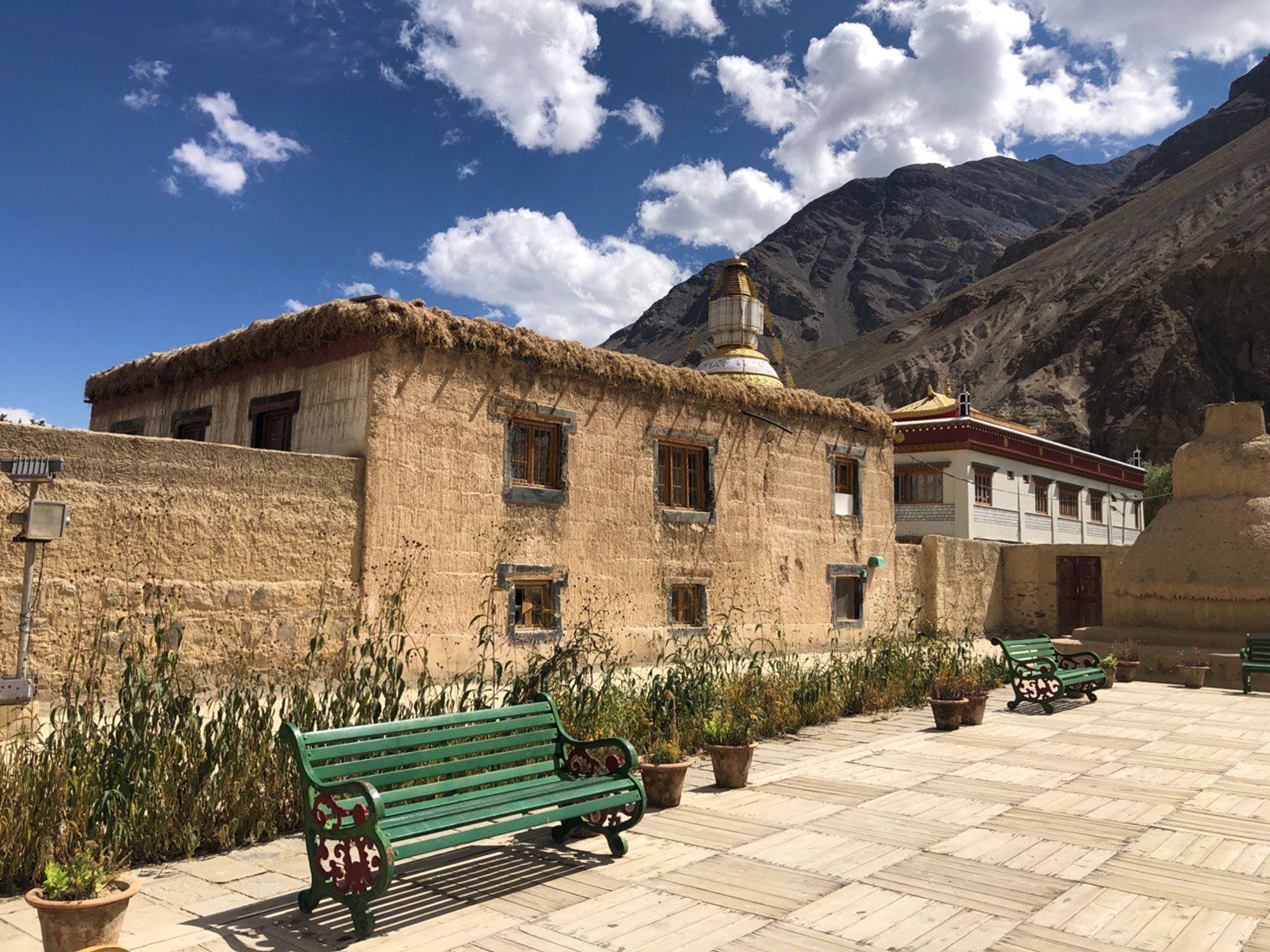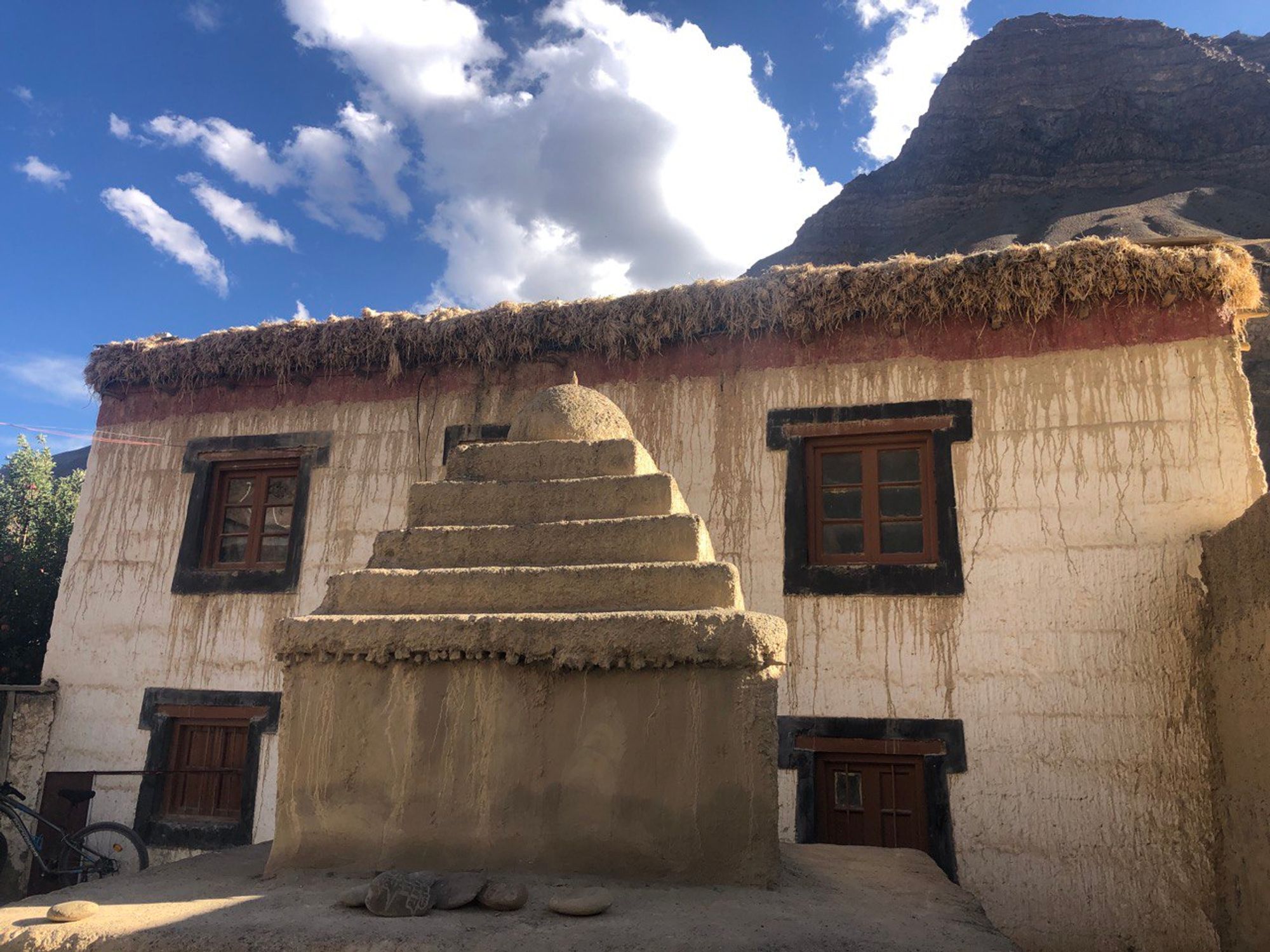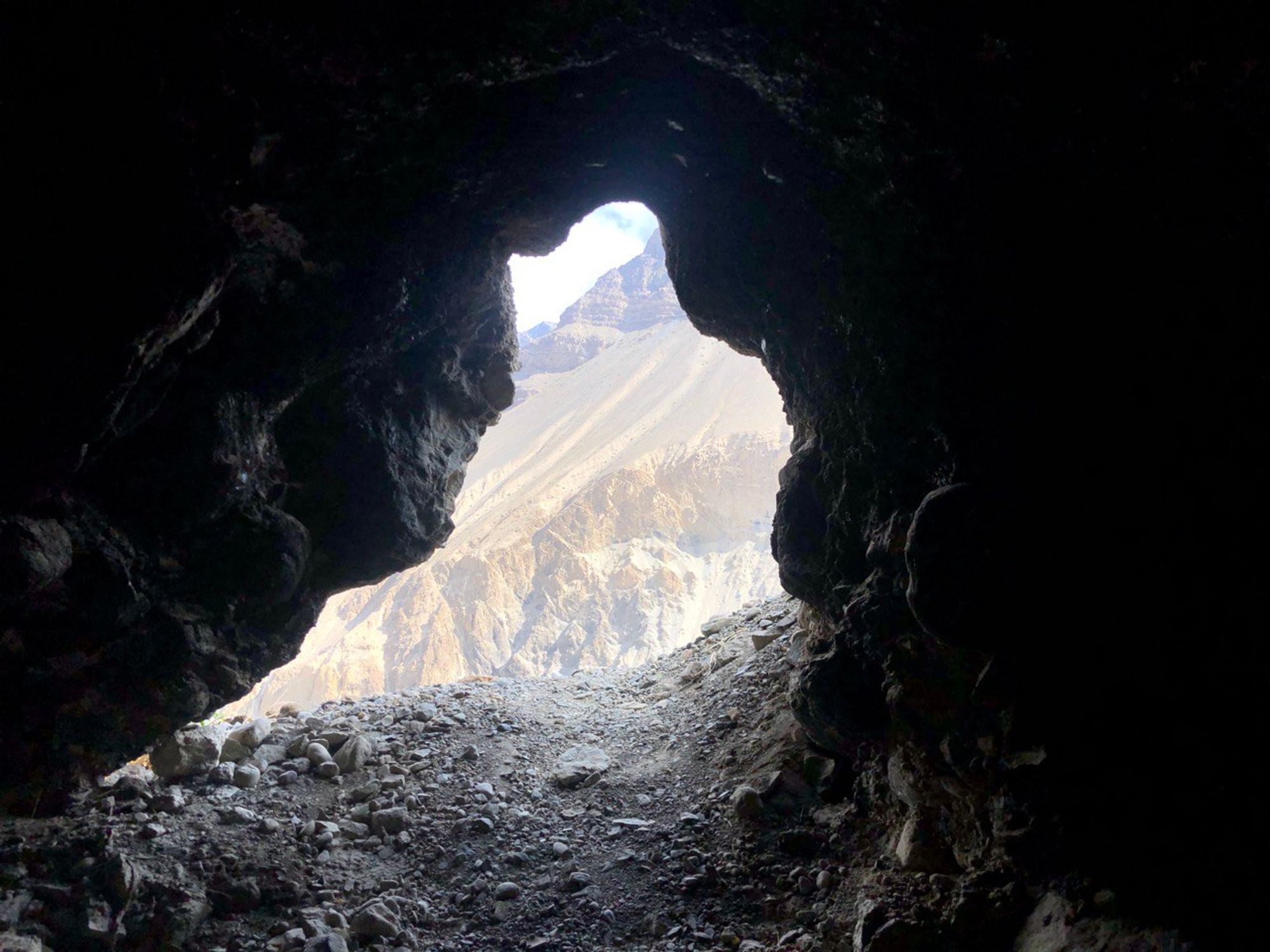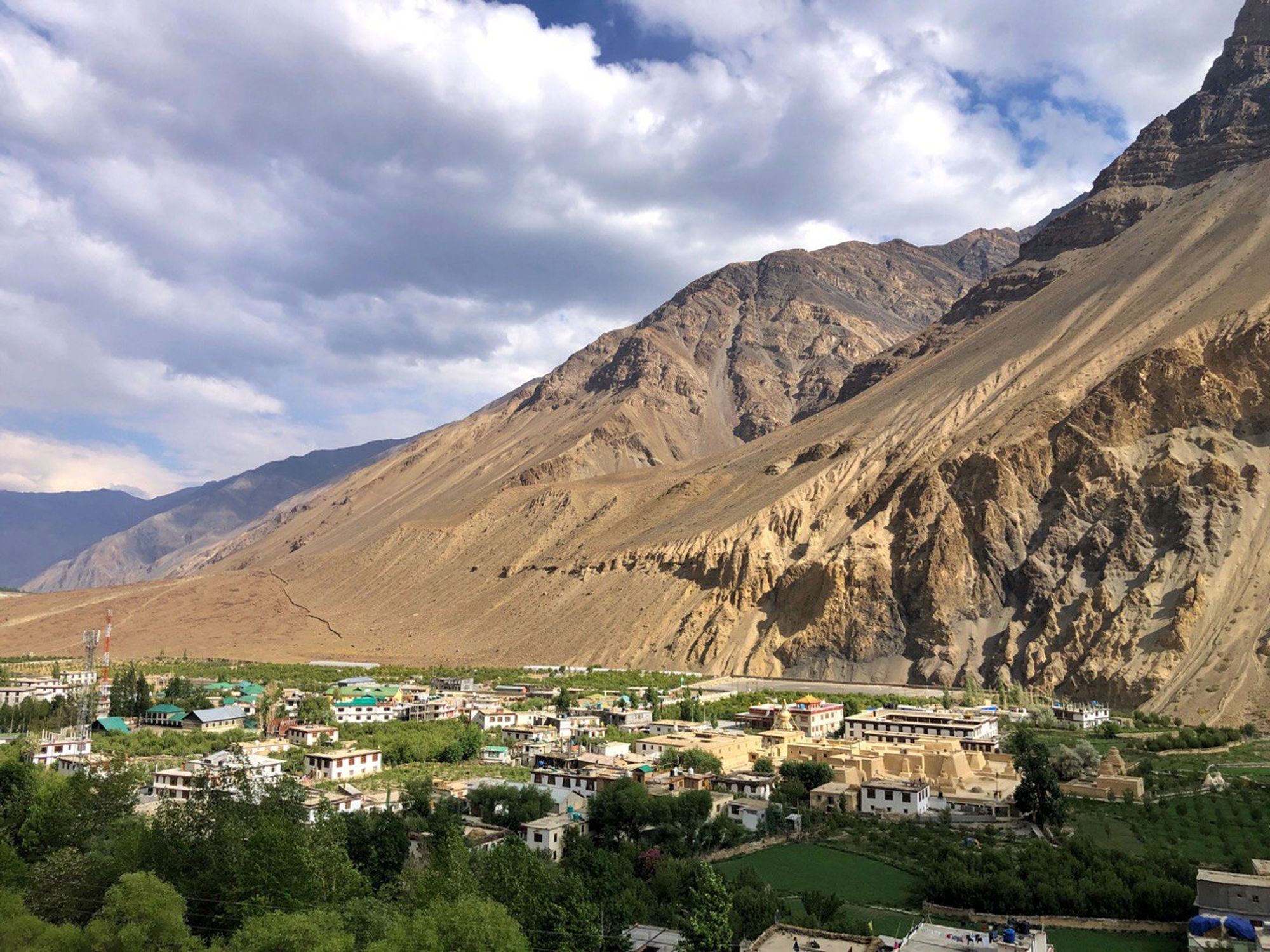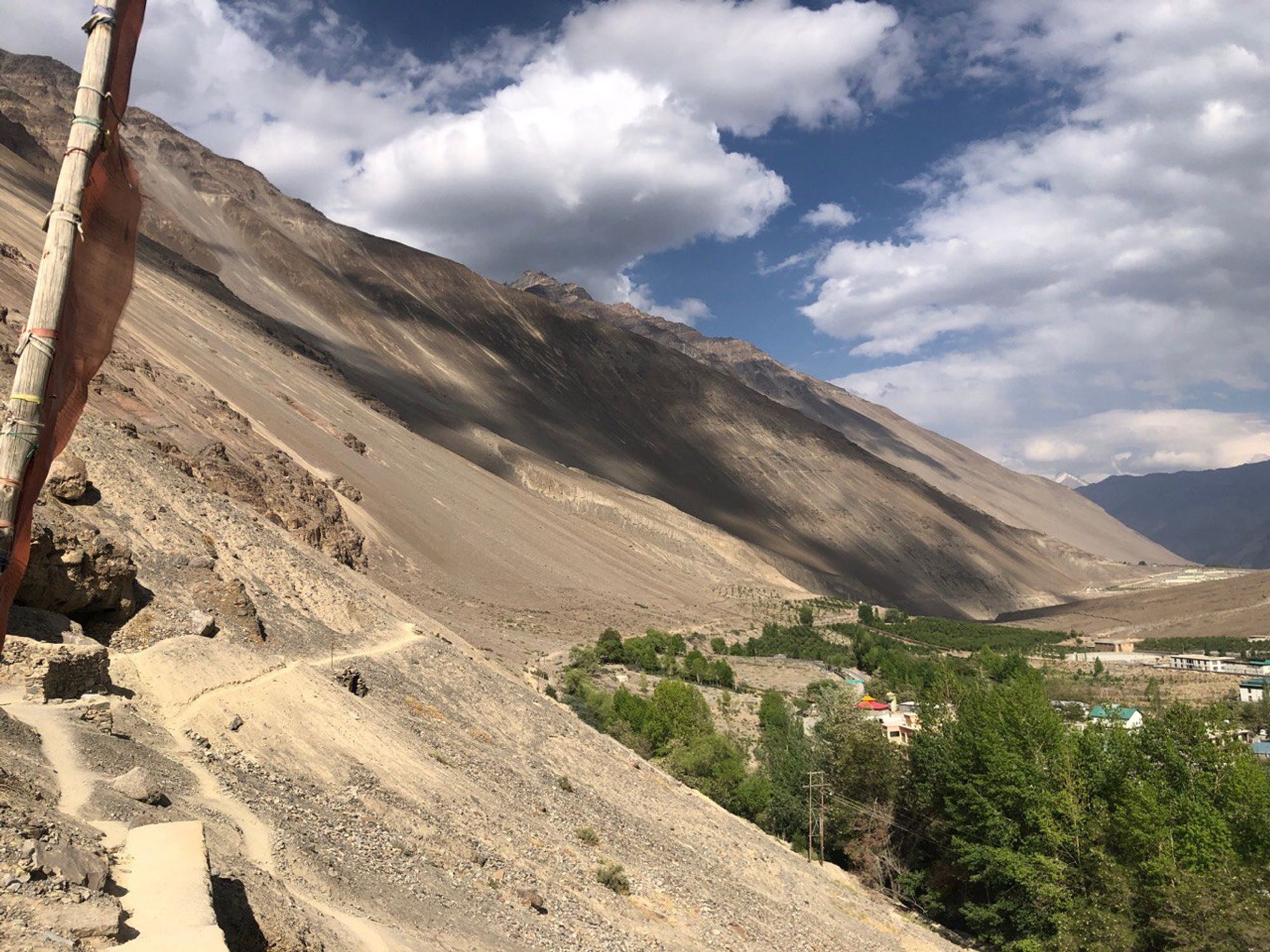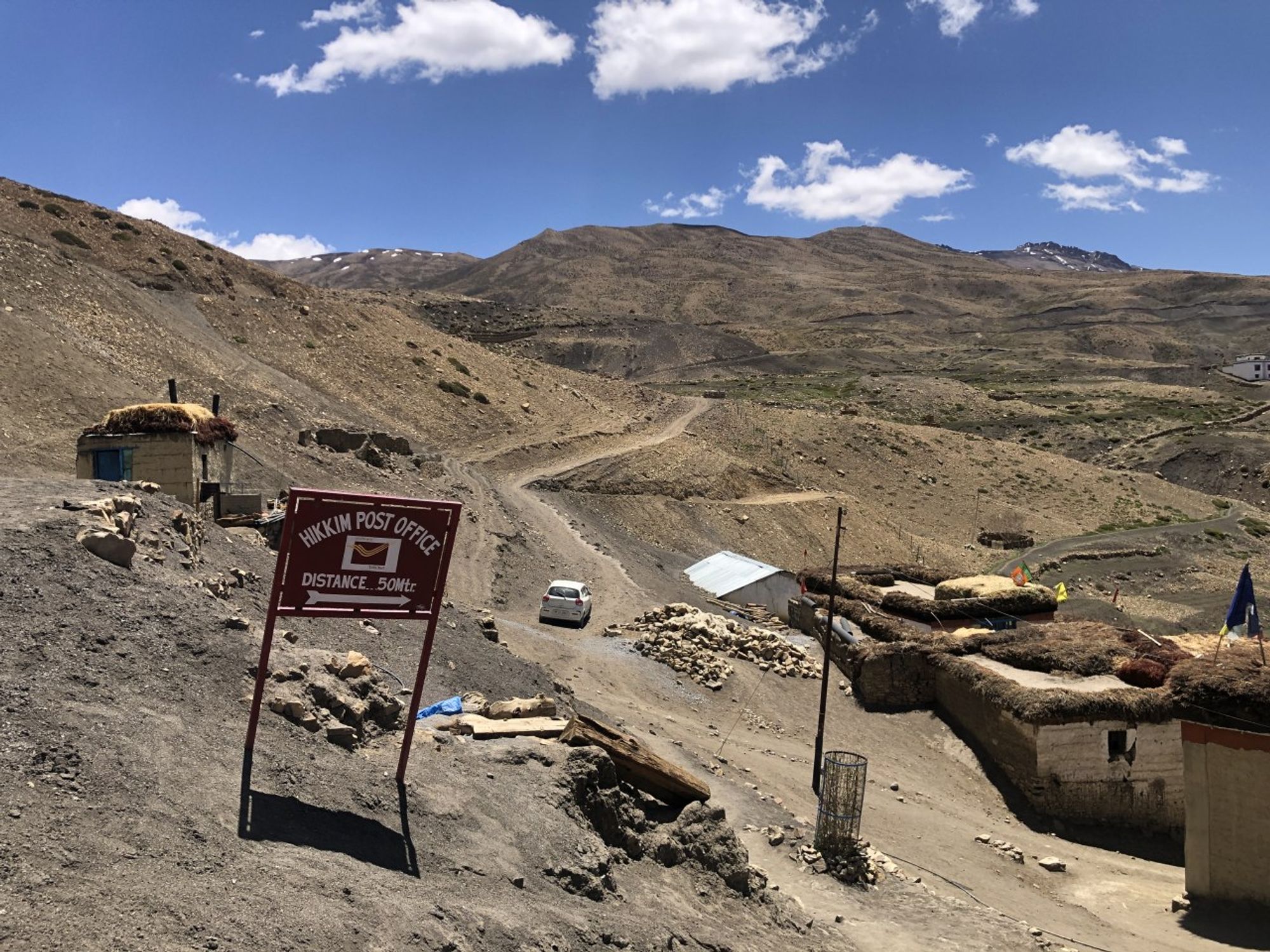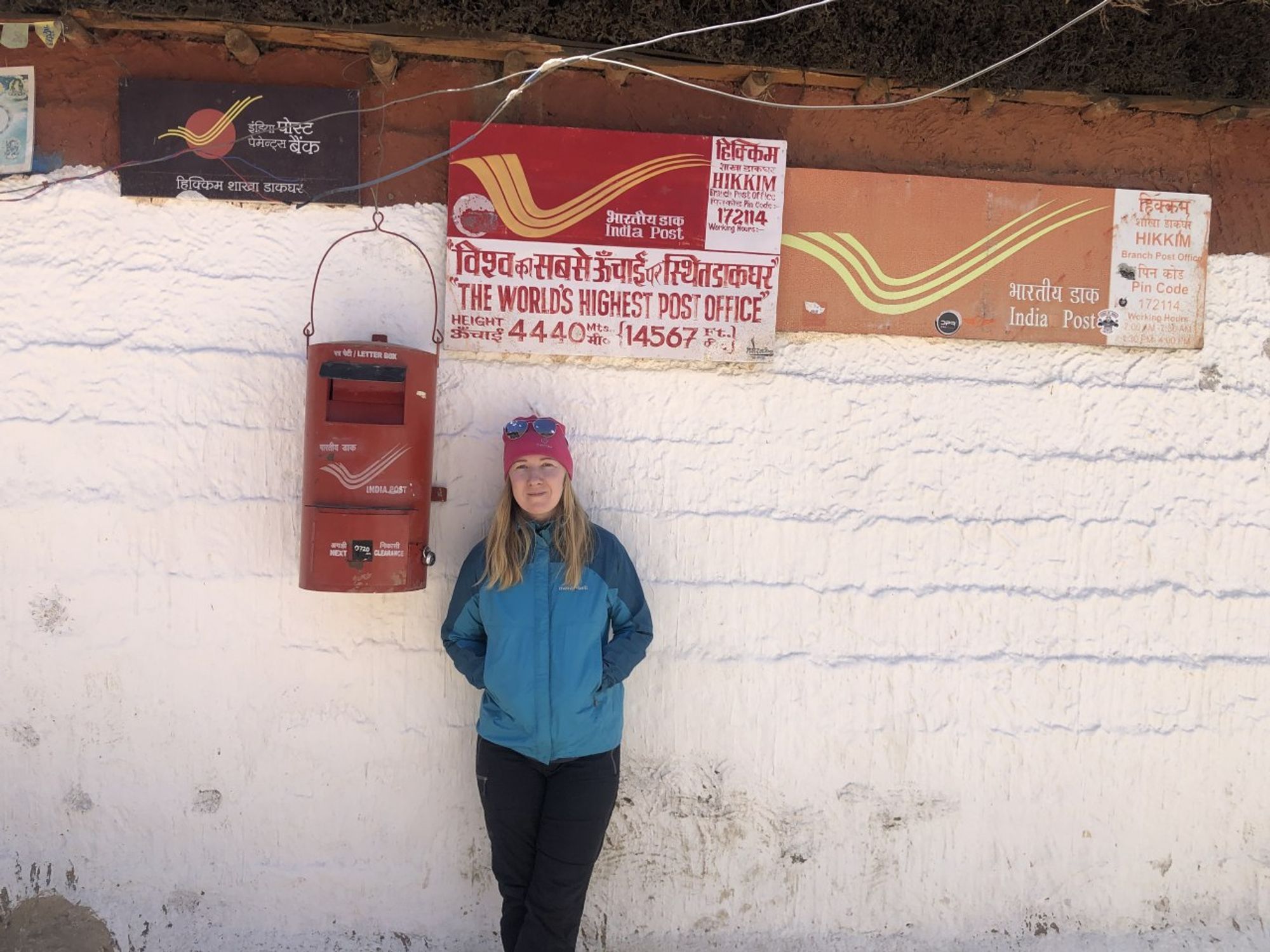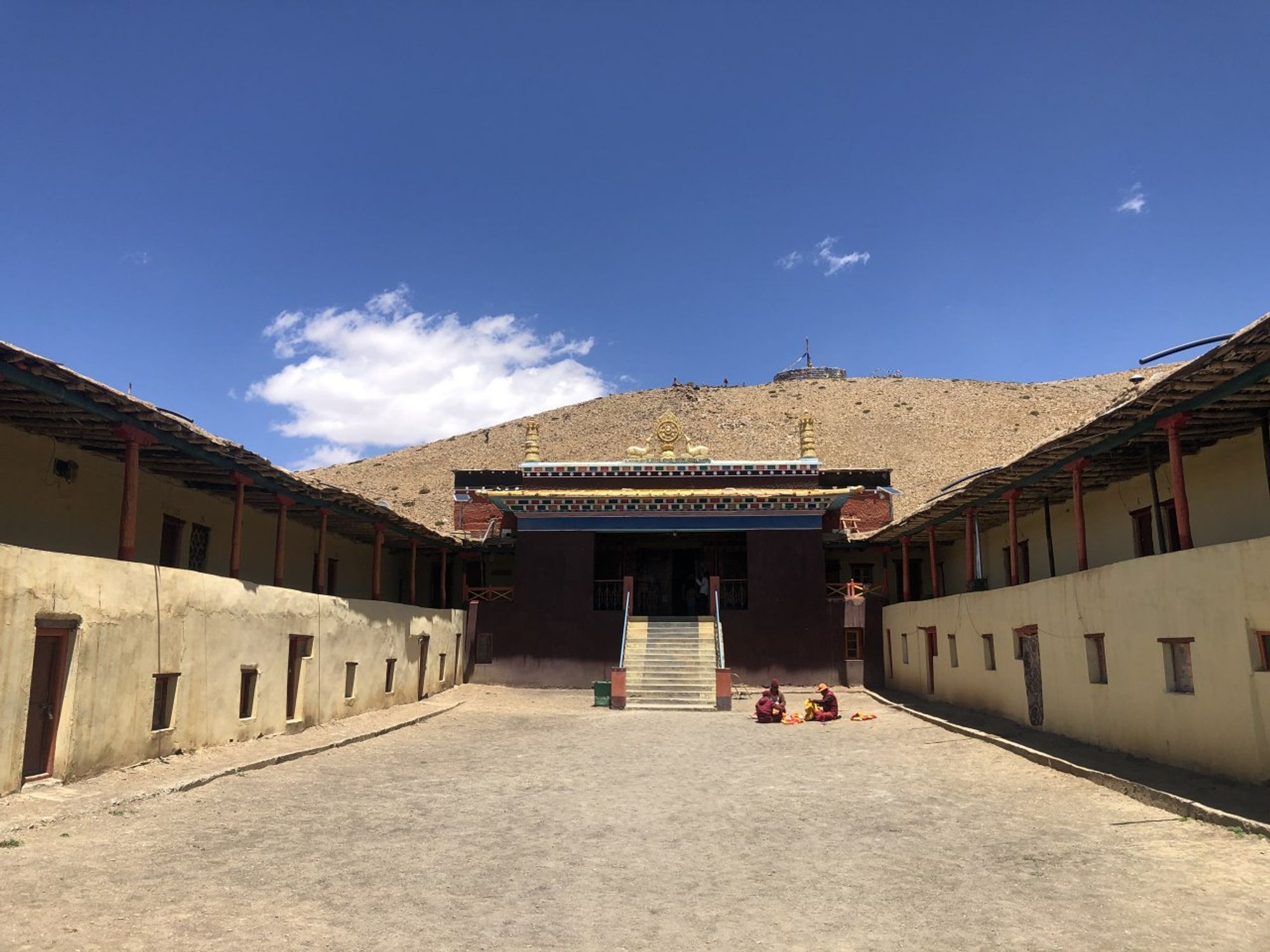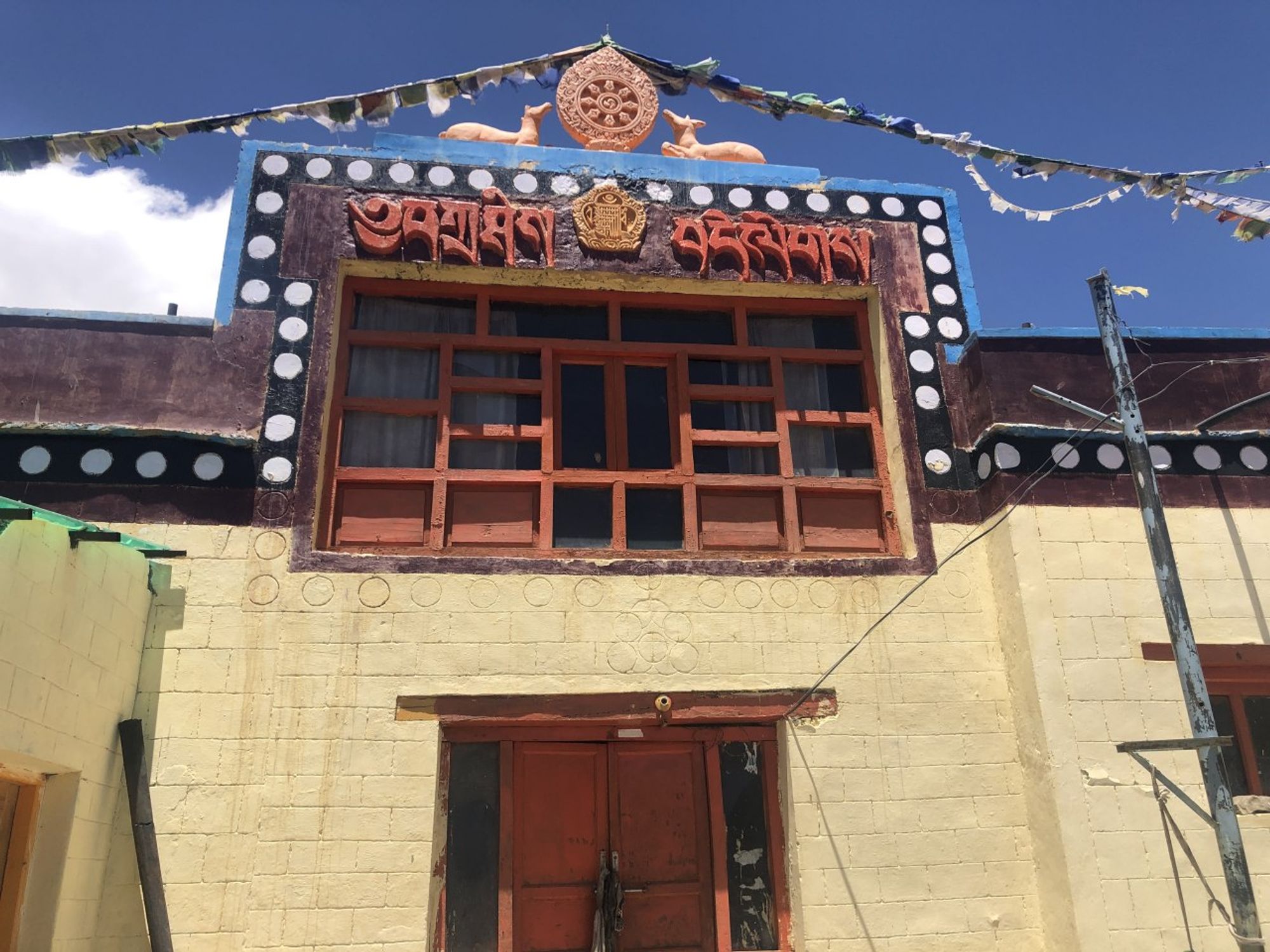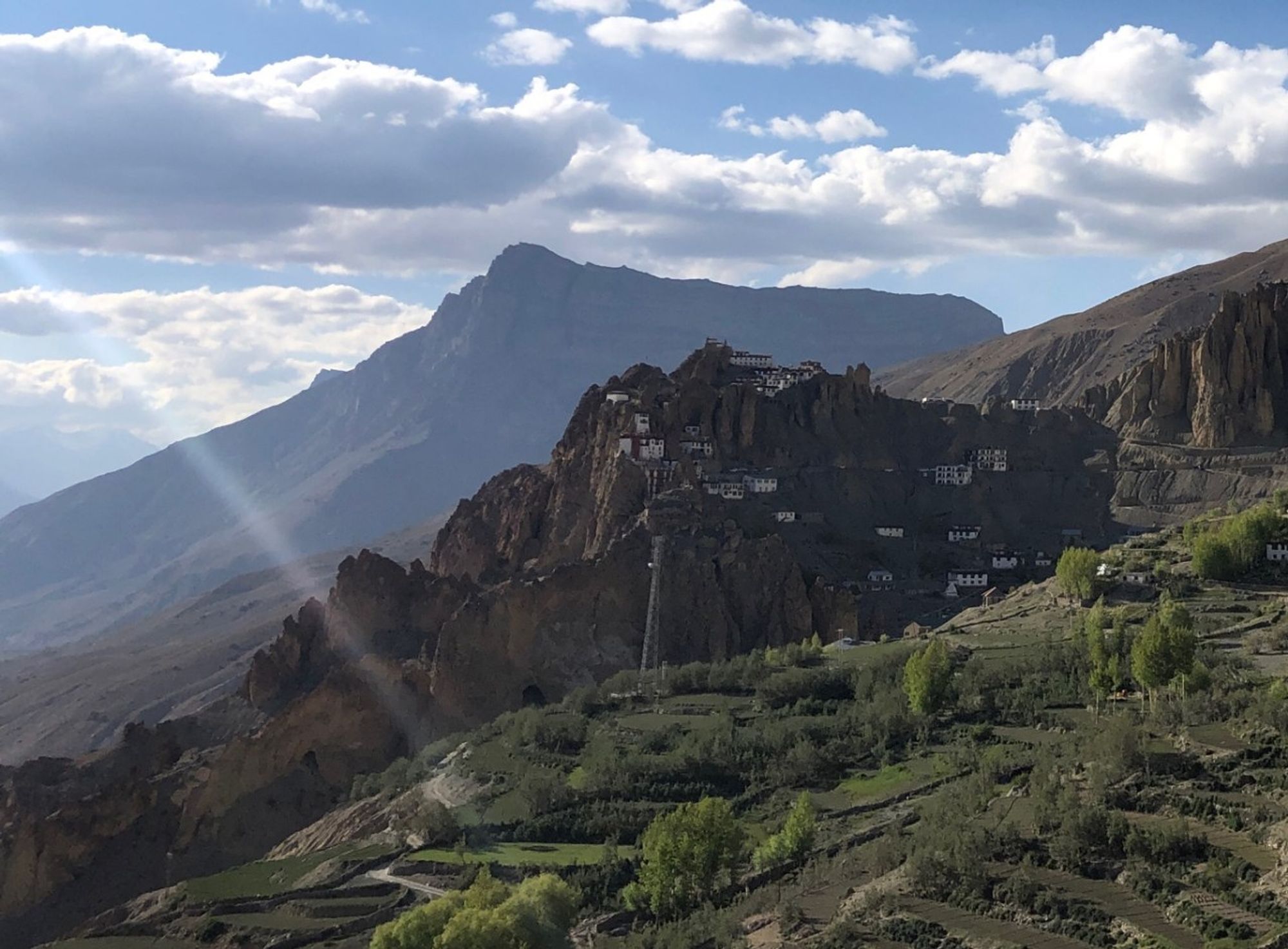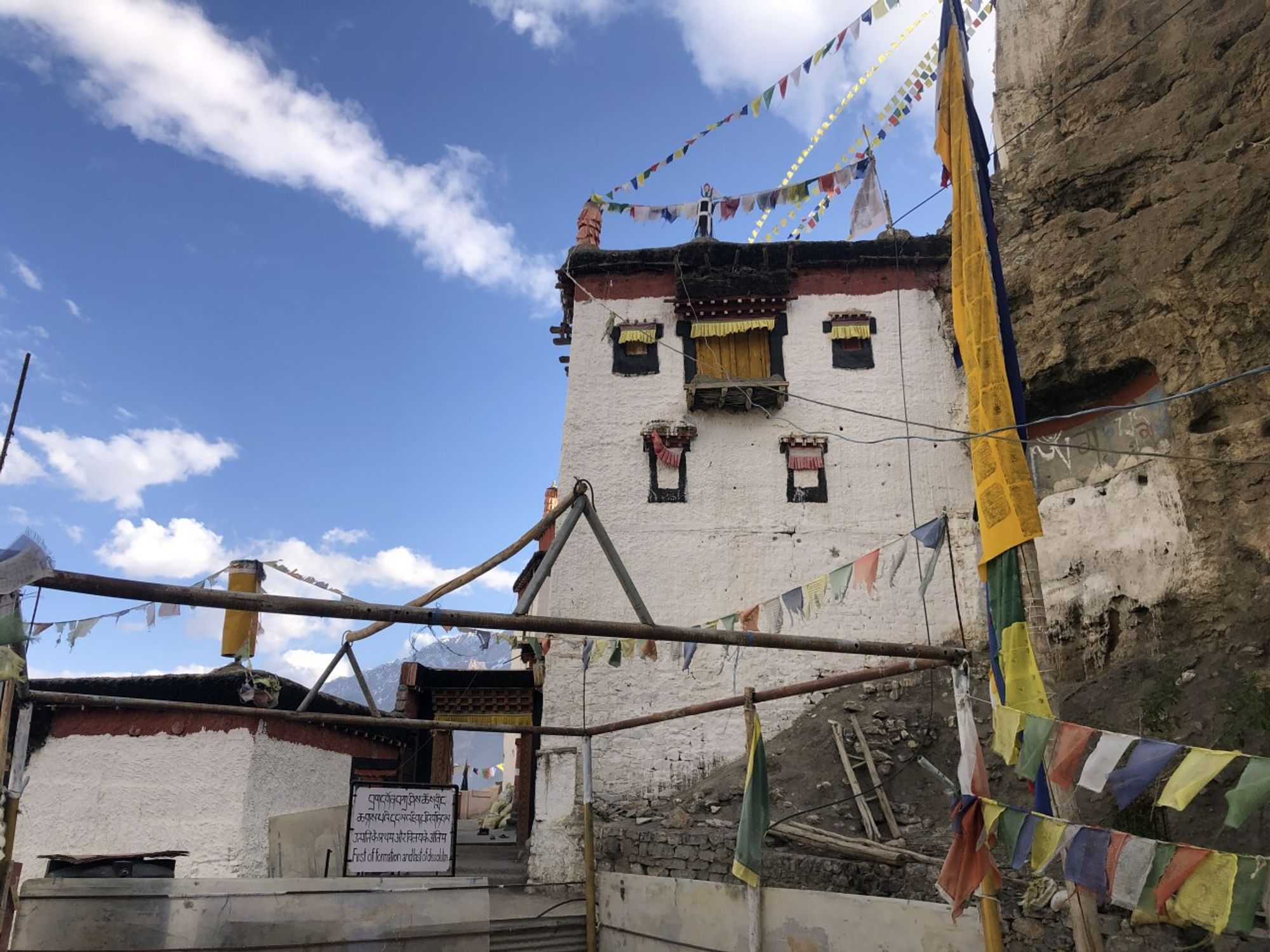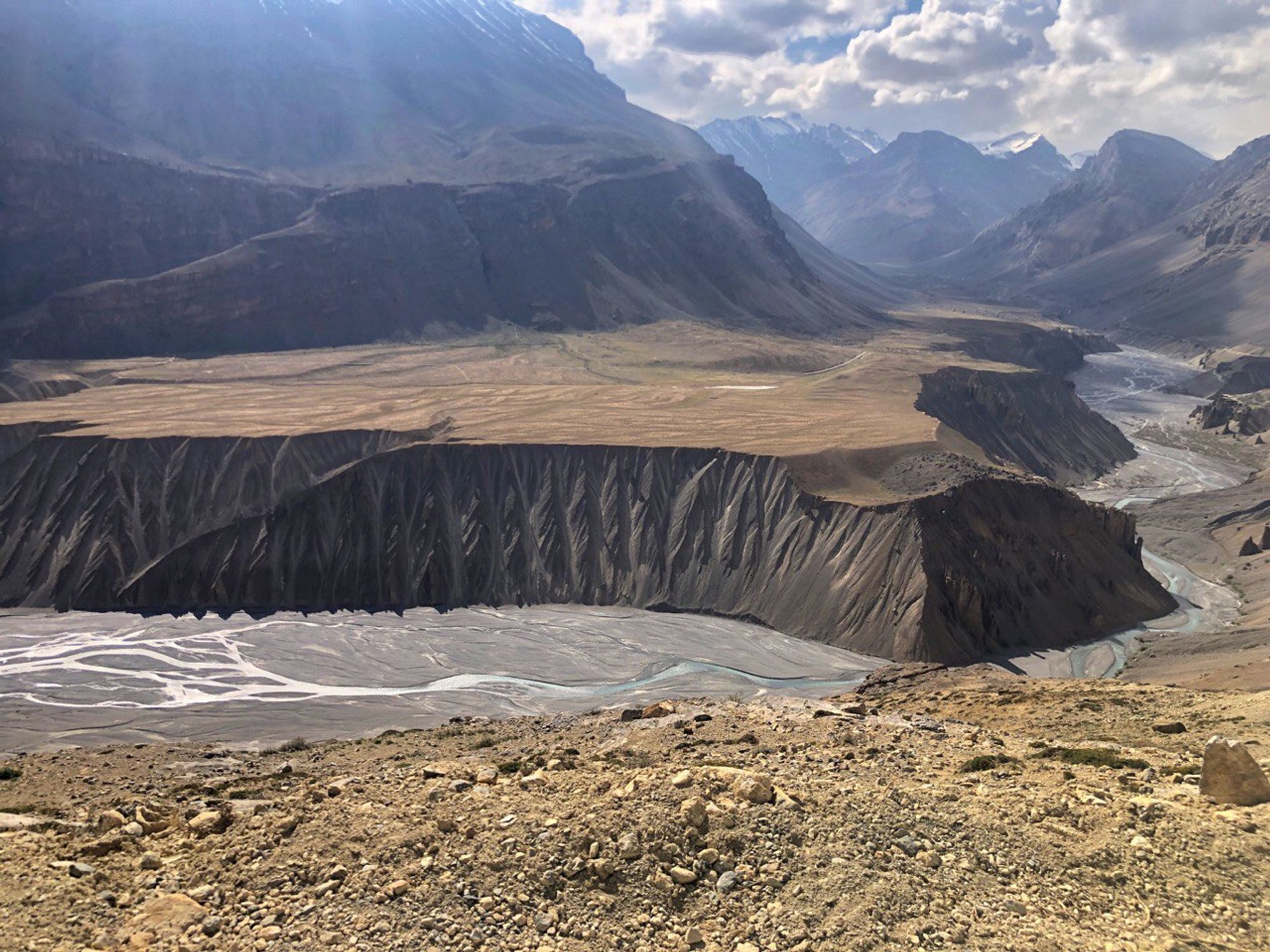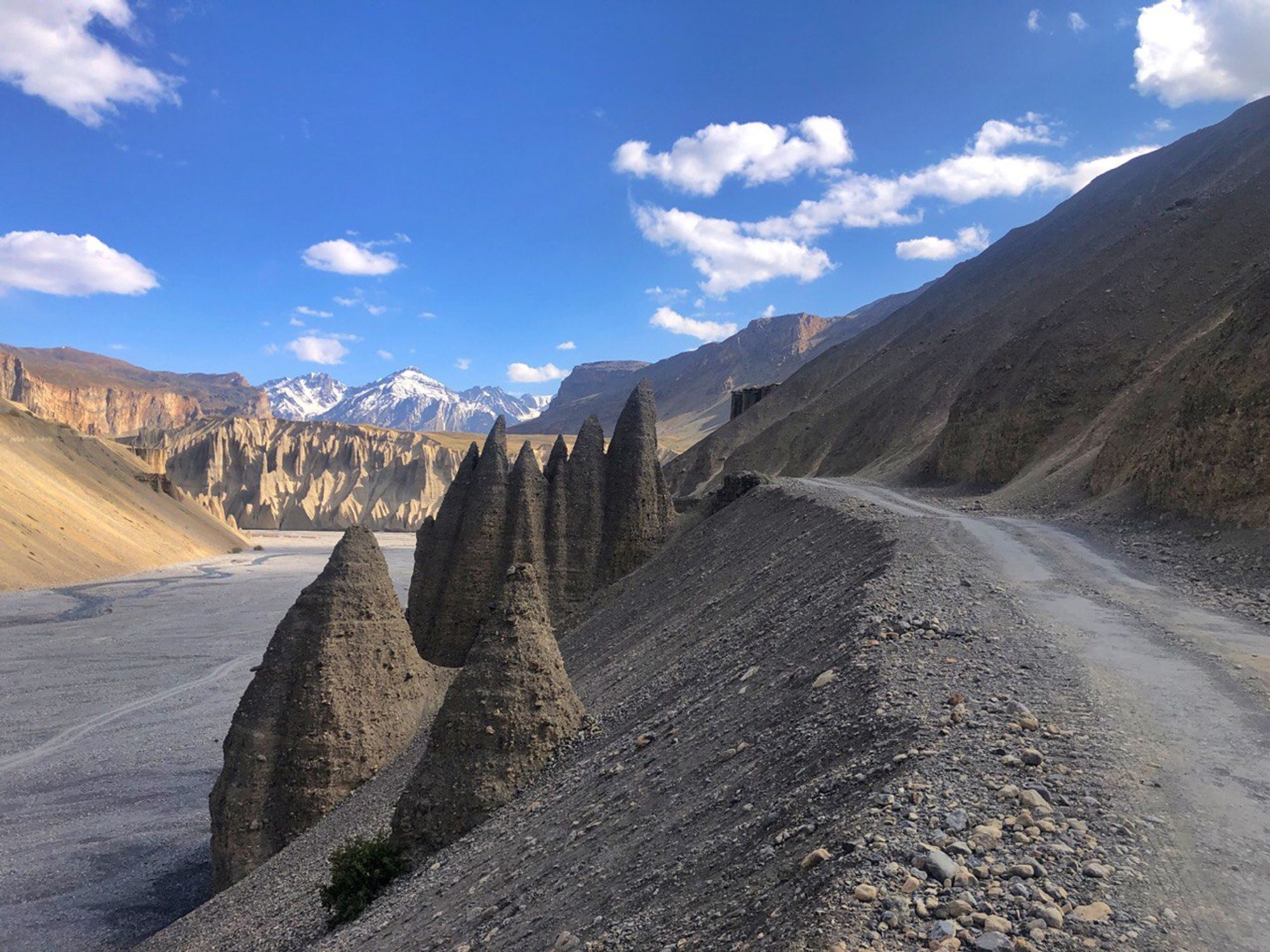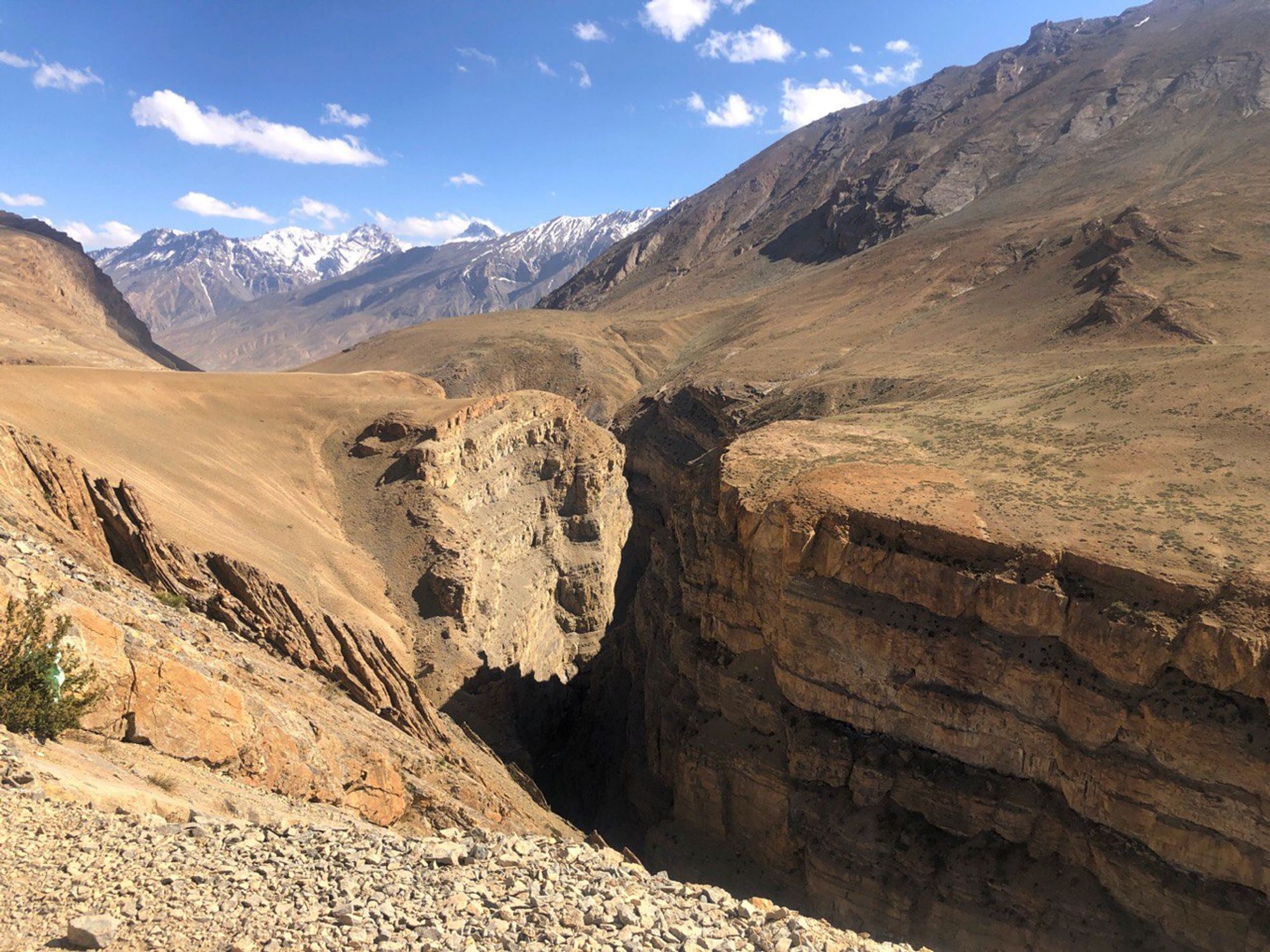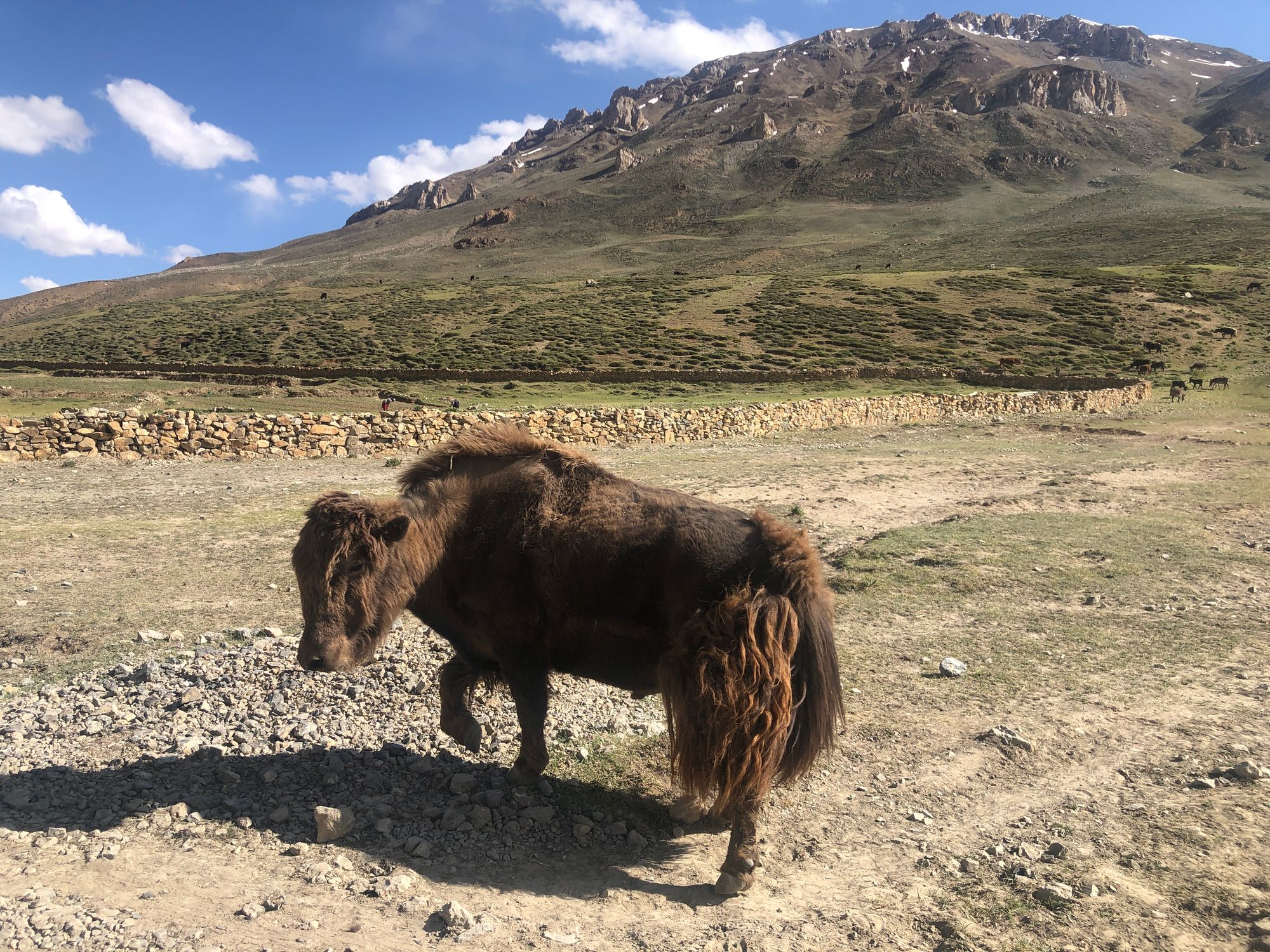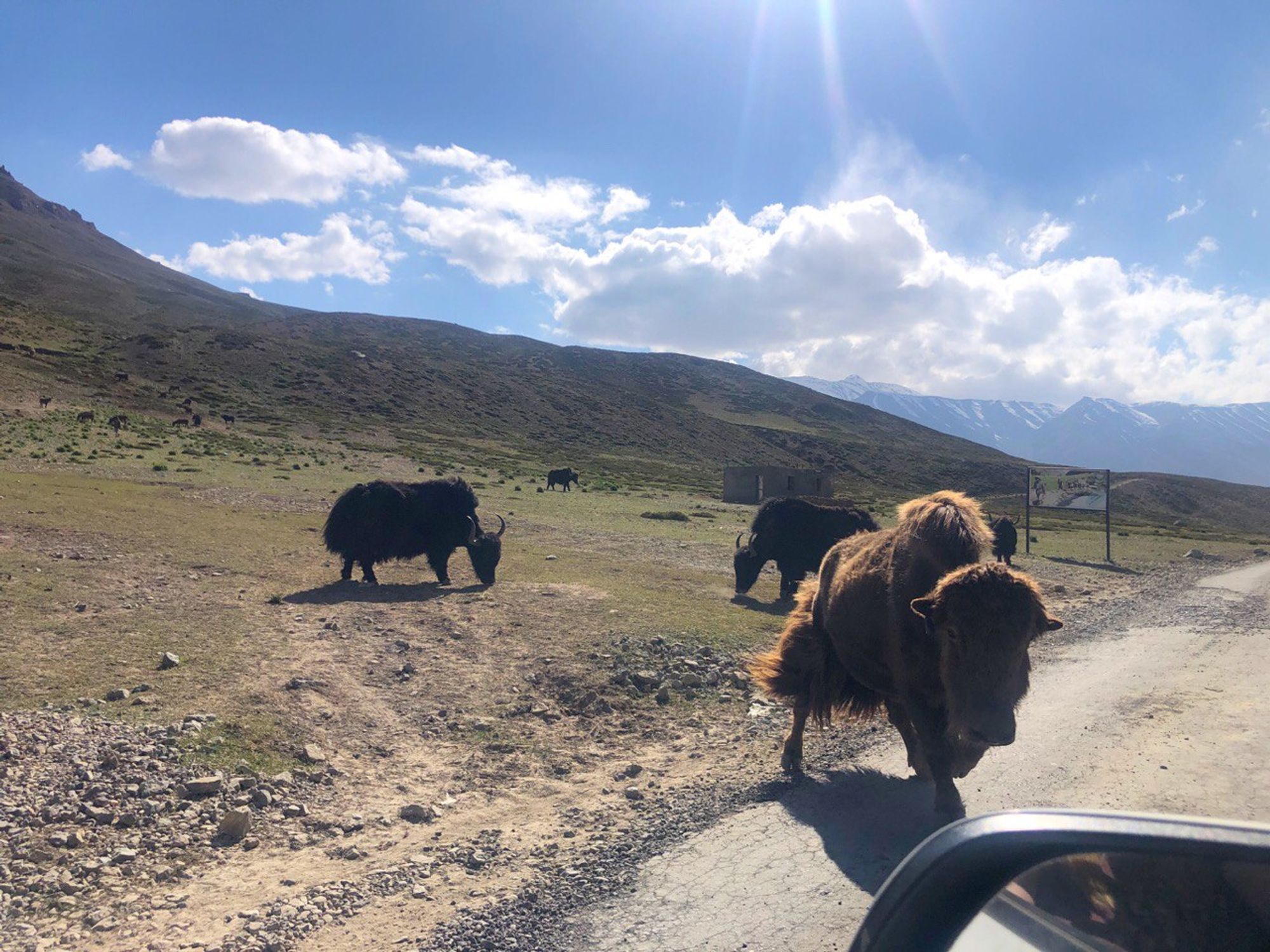Journey through the Kinnor, Spiti and Lahul valleys

Itinerary: Manali / Naggar / Kullu – Reckong Peo – Nako – Tabo – Kaza – Hikkim – Langza – Dhankar – Key – Chicham – Kunzum Pass – Chandratal Lake – Manali / Naggar / Kullu
Duration: 4 days
Price: 14,000 rupees, this amount is divided between 1-4 passengers
Min group: 1 pax
Included: car trips according to the itinerary
Excluded: transportation to the start point, camera fees, meal, accommodation in hotels and tents, insurance
Send queryDescription
Do you want to visit another planet, see cosmic landscapes and touch antiquity? Then go to the Spiti valley. This remote, sparsely populated corner of India with harsh living conditions will amaze you with its beauties. After staying in the atmosphere of majestic mountains and ancient Buddhist monasteries, it is unlikely that you will remain the same.
Spiti and the neighboring Kinnor region are located on the border with Tibet, previously this area was closed to foreigners for a long time. To visit it now, you need to get a special permit (so called inner line permit).
It is known that until the 10th century AD, Spiti was under the influence of the Shang Shung kingdom. Surprisingly, the language of this kingdom is still preserved in Kinnaur. In Shang Shung, the ancient bon religion prevailed. Then, at around the 10th century, Spiti became part of the Guge kingdom. King of Guge Yeshe-Od patronized Buddhism, and thanks to his support, Buddhism was revived in Tibet and neighboring areas, including Spiti, where many Buddhist monasteries were built at that time. Some of them have survived to the present day.
Day 1. Kullu Valley — Kinnor Valley, Nako Village
We leave Kullu / Naggar / Manali early in the morning and go to Reckong Peo, where we get a permit to Spiti. How to get a permit in Spiti in Reckong Peo. Reckong Peo is located in the Kinnaur Valley. From Reckong Peo we go to the Nako village, where we arrive in the evening and settle down for the night. Nako is located at an altitude of 3625 m.
The road from Recong Peo to Nako:
Day 2. Nako — Tabo
In the morning we walk around Nako. The village is very original and colorful.
There is an 11th-century monastery and an ancient stupa in Nako. There is also a modern Buddhist monastery.
Next we go to the Tabo village, moving from Kinnaur to Spiti. Views on the way:
In the Tabo village there is the Tabo monastery, which was founded in 996. The monastery is located at the bottom of the valley, unlike other monasteries here, which are located high on the slopes of the mountains.
The founder of the monastery is the famous Buddhist master and lotsava (translator) Rinchen Zangpo, who built it on behalf of King Yeshe-Od. According to legend, Rinchen Zangpo founded 108 monasteries, of which, in addition to Tabo, such famous monasteries in Ladakh as Alchi and Lamayuru have survived to our days.
The interior of the monastery is decorated with ancient frescoes created by artists from Kashmir. For this reason, Tabo is called the Ajanta of the Himalayas by analogy with the Ajanta cave temple complex with wall paintings in Maharashtra. There are also many statues of Buddhist deities along the perimeter of the walls. There is semi-darkness inside, it is not allowed to photograph with a flash — they protect the frescoes from light.
During its history, the Tabo monastery belonged to different schools of Tibetan Buddhism: Nyingma, Sakya, but eventually the Gelug school was established here.
In 1983, a new temple was built in Tabo, where in 1983 and 1996 the Dalai Lama gave the Kalachakra initiation. Also, in different years, the Dalai Lama gave various teachings here.
There are several caves carved into the rock above the monastery. They say monks use them for meditation. Maybe they used to, but now it's hardly possible, because they are not very deep and close to the village and the monastery, so all tourists and villagers will look in, what are you doing there. There is also a "branch" of Tabo near the caves: a small building with frescoes.
Then we go to Kaza, the administrative center of Spiti, and spend the night in a guest house.
Day 3. Kaza neighborhood, road to Chandratal Lake
On this day we will see the main sights near Kaza and go to Chandratal Lake, where we will arrive in the evening.
First we go up from Kaza by car and reach the village of Hikkim, which is famous for the fact that the highest post office in the world is located here.
From Hikim, we drive even higher and visit the Komic Monastery.
Then we go to Langza, there is a huge statue of Buddha.
Then we go to the Dhankar Monastery (lit. "fort on the rock"). The foundation of this monastery dates back to the 10th century, although there is no reliable data on this. At least in the 11th century it already existed, because it is mentioned in the writings about the Guge kingdom at that time. Dhankar also served as a fort and residence of the rulers of Spiti. Like Tabo, Dhankar belonged to different schools of Tibetan Buddhism at different times, but since the 15th century it has belonged to the Gelug school.
Inside the monastery there are many rooms and stairs, in some of the rooms monks sit and chant prayers. The atmosphere of the Middle Ages reigns in the monastery. You will be able to feel this spirit and sit in the altar rooms with small windows overlooking the abyss, in which Buddhist monks have been practicing for centuries.
Next we go to the Key Monastery. This monastery is the largest in Spiti. According to one version, it was founded by Dromtompa, a disciple of Atisha, in the 11th century.
After having lunch in a cafe near the Key Monastery, we head towards the Kunzum Pass. Landscapes on the way:
In Spiti, you can meet a dzo (a hybrid of a cow and a yak):
The upper point of the Kunzum Pass is considered sacred. At the very top there are stupas and a magic magnetic stone. It is believed that whoever has a coin stuck to this stone has pure thoughts.
The Kunzum Pass is the border between Spiti and Lahul. The road to Chandratal Lake begins just beyond the pass.
In the evening we stop at the camping, a little before the lake (it is not allowed to put tents near the lake), have dinner there and rest.
Day 4. Chandratal — Kullu Valley
On this day we will see the pearl of Himachal Pradesh — the Chandratal lake. Its beauty is breathtaking. In the morning we will go to the lake and walk there.
After walking on the lake, we drive back to the Kullu Valley through the Atal tunnel. The road from the lake to Manali takes about 6 hours.
Copyright © Yak Track, 2020–2023
